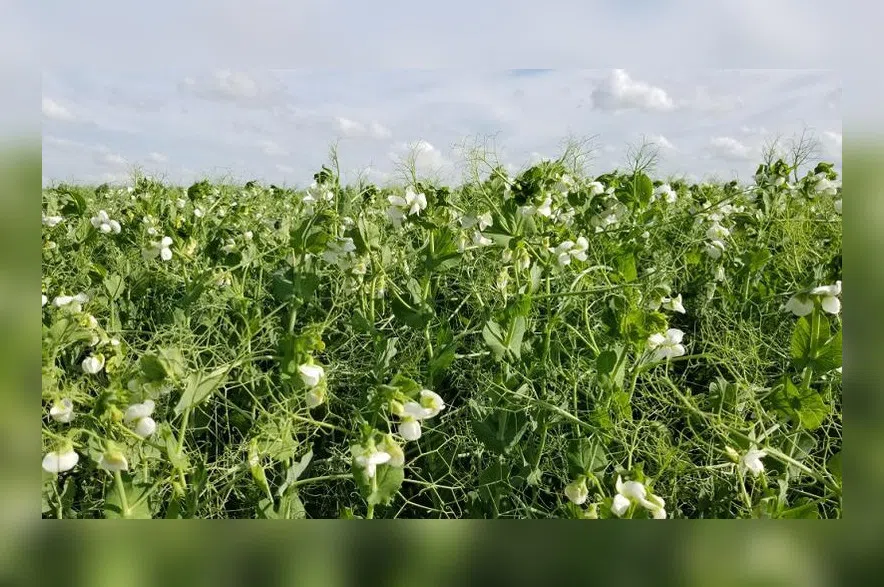The president of the Agricultural Producers Association of Saskatchewan said he was disappointed after learning India was placing a 30 per cent duty on all yellow pea imports, including from Canada.
Bill Prybylski said the new tariff is on top of China’s 100 per cent tariffs on peas, so it’s another blow for pulse producers who have already been feeling the pressure.
Read more:
- Sask. premier prepares for Indian yellow pea tariffs, speaks on China trade talks
- Canadian yellow peas hit with India’s new 30 per cent tariff on all imports
- B.C. forestry summit called as industry being hammered by U.S. fees
“I suspect that it will filter into the market, and we will see a further decline in pea prices and movement,” he said.
“A lot of producers are relying on moving commodities at this time of the year to generate cash flow to pay the bills, pay the mortgage payments, pay our taxes, pay our crop insurance premiums; all those things that producers need to take care of. This is going to put further pressure on producers to find ways to generate cash flow.”
China and India make up 80 per cent of Canada’s pea export market, according to Pulse Canada’s Greg Cherewyk. Prybylski said there are other markets to sell to, but nothing compares to those two countries.
“There’s been a suggestion for a while that we need to find alternative markets, and that is certainly true, but to replace the amount of peas going in India is going to be really tough,” Prybylski noted.
“I don’t know that we can do it in the short term, certainly not. Hopefully this is some incentive for Canada to look for other markets in the future, but in the short term this is going to be tough.”
Prybylski said he hopes resolutions can be found quickly, particularly with China.
The announcement came after a visit to India by Canada’s Foreign Affairs Minister Anita Anand, in an effort to improve trade relations, but Prybylski said he isn’t reading too much into the timing.
“If it were just tariffs to Canada, then there may have been more to read into it, but given that China has announced tariffs on all imports of yellow peas, I suspect it’s more of an internal thing with India, that they’re wanting to protect the market for their local growers,” he added. “It’s obviously a political decision on their part, and I don’t know that our government has had a whole lot of influence one way or the other on that.”
Prybylski said it’s up to the federal government to take action on the tariffs.
“We’re certainly looking for our federal government to find whatever they’re going to do to find a resolution to these issues as soon as they possibly can,” he said. “We would look forward to our government stepping up.”
A news report from India from early September said the India Pulses and Grains Association – a lobby group – wanted their government to impose a duty between 30 and 50 per cent. A spokesperson said at the time the duties are needed in anticipation of large pea production from Canada and Russia as well as to protect domestic farmers.











